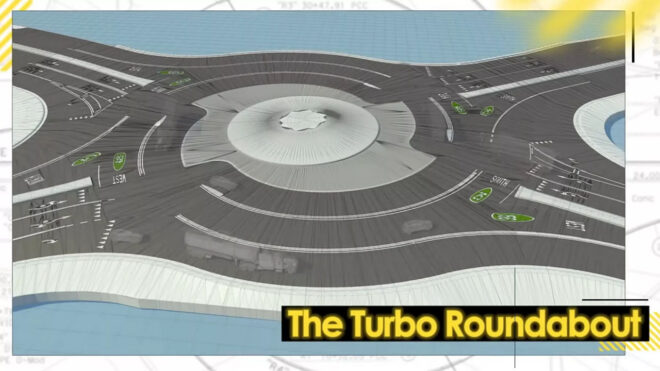The second “Turbo Roundabout” has arrived in the United States. The aim here is to reduce traffic accidents to a considerable extent. to reduce.
A new $14.9 million project in California, which came to our agenda for the first time today, is the second Turbo Roundabout in the USA, after the first example in Florida. The purpose of this Hollister, California-based interchange, which is coming into use, is not to achieve higher speeds, contrary to the phrase “Turbo”. ensuring a slower but smooth traffic flow and most of all It is explained as reducing accidents significantly. From Bingöl University about this interesting intersection that has been used for many years where the lanes are physically separated from each other. İhsan GÜZEL to all the details Here In a scientific article you can access, he states the following: “Due to the change in the roundabout conditions that were mandatory in the past and the partial disadvantages of these intersections, turbo roundabout applications, which are an innovative arrangement of two-lane roundabouts, have recently started in certain countries. Turbo roundabouts are a type of multi-lane roundabouts where certain directional flows of the spirals are physically separated along the lanes, obtained by changing the diameter of the central island according to the traffic volume in the entrance or exit arms, and traffic flow is ensured by removing some of the severe overlap points of the roundabouts.
YOU MAY BE INTERESTED IN
Dutch University of Delft researcher Dr. Roundabouts developed by Lambertus Fortuijn in 1998As a result of the analysis, a design guide was first prepared in the Netherlands in 2008. “Although turbo intersections have more intersection area and initial costs, their life cycle costs are lower as queue length and delays are reduced due to their capacity being approximately 30 percent more than signalized intersections.”
Alright “Turbo Junction” How exactly does it work in practice? The videos below demonstrate this very well:
